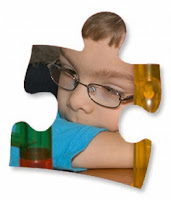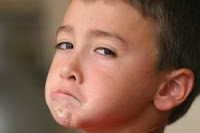Aspergers Checklist: Motor Clumsiness
Motor Clumsiness: This refers to difficulties with motor functioning and planning. The Asperger individual can have difficulty with both gross and fine motor skills. A. Difficulties with gross motor skills: An awkward gait when walking or running. Poor balance. Difficulty when throwing or catching a ball (appears afraid of the ball). Difficulty coordinating different extremities, motor planning (shoe tying, bike riding). Difficulty with motor imitation skills. Difficulty with rhythm copying. Difficulty with skipping. B. Difficulties with fine motor skills: Difficulty with handwriting/cutting/coloring skills. An unusual pencil/pen grasp. Rushes through fine motor tasks. Difficulty applying sufficient pressure when writing, drawing, or coloring. Difficulty with independently seeing sequential steps to complete finished product. Frustration if writing samples are not perfectly identical to the presented model.


